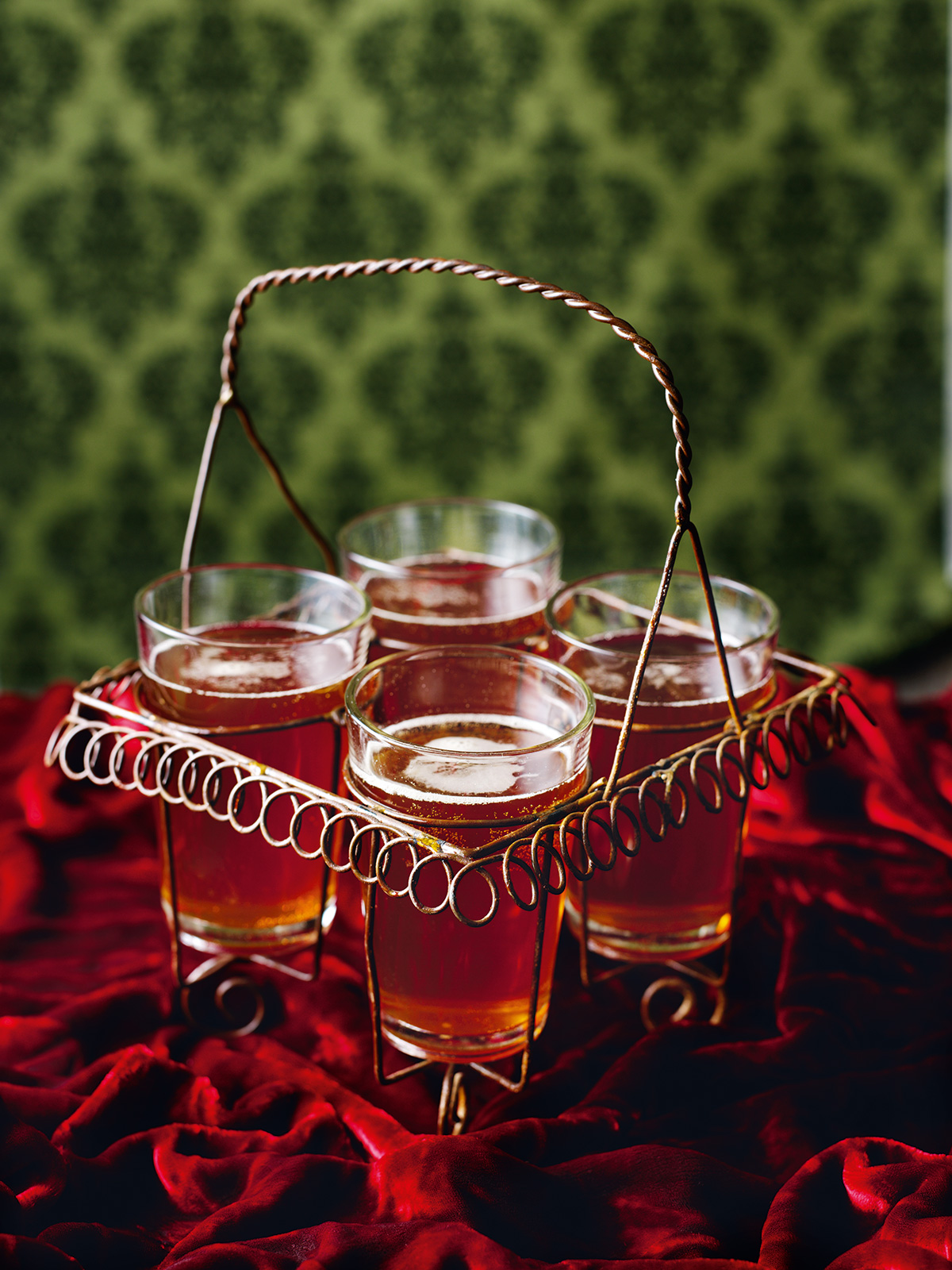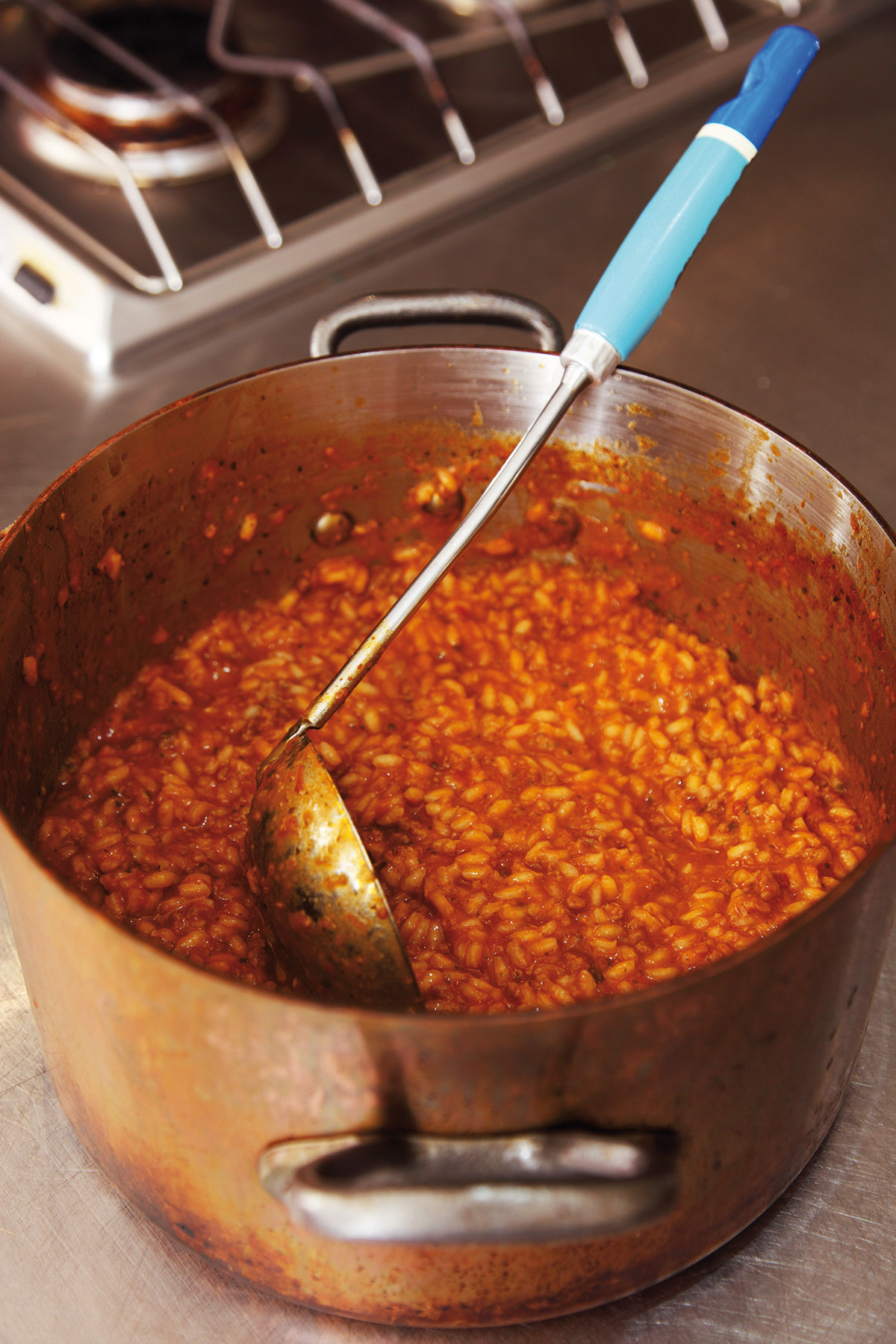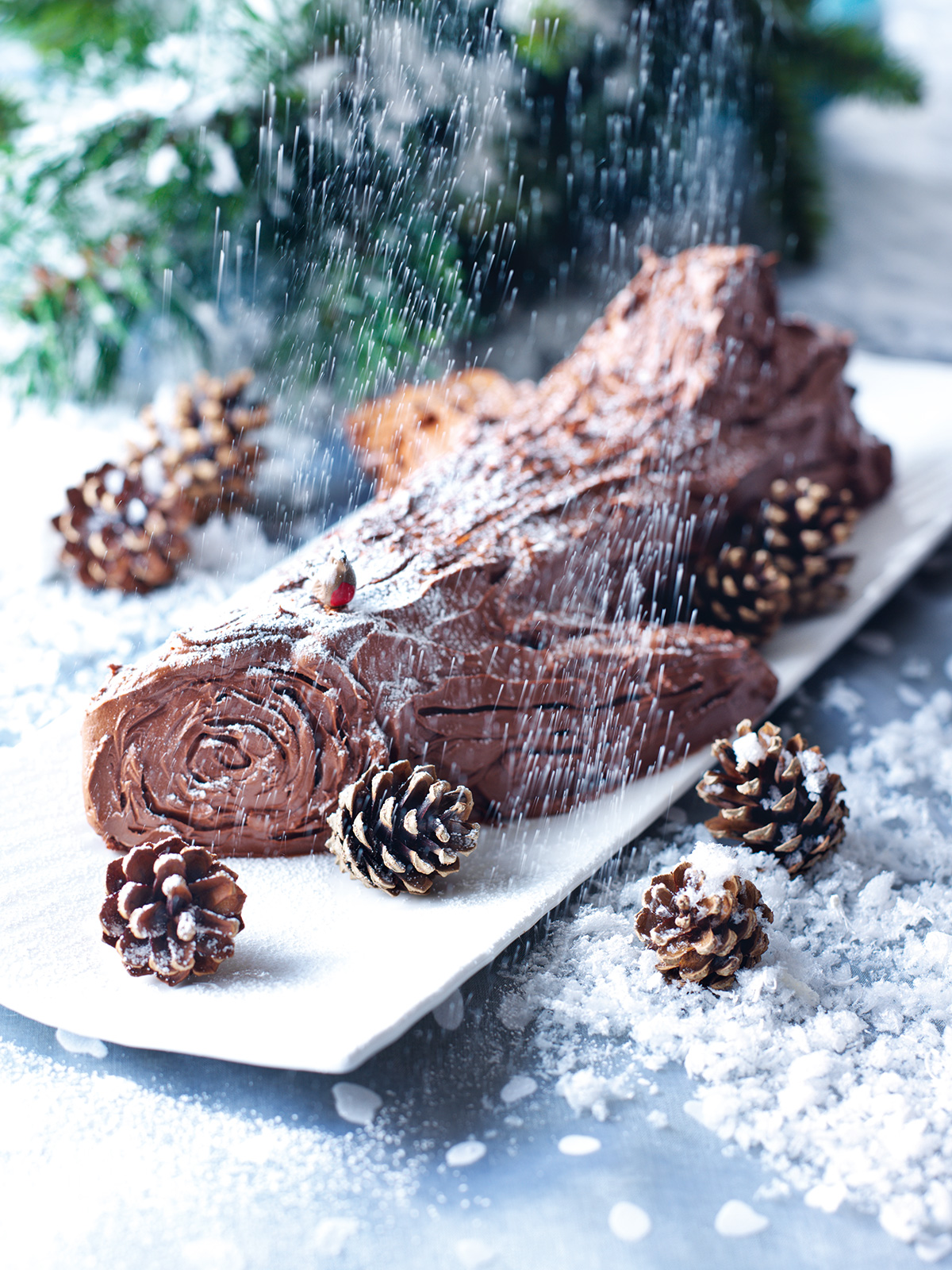Vegan Spag Bol | Nigella's Recipes | Nigella LawsonyoutubepinteresttwitterfacebookinstagramvimeowhatsappBookmarkEntriesBURGER NEWChevron DownChevron LeftChevron RightBasketSpeechCommentSearchVideo Play IconNigella LawsonPremiumNigella LawsonVeganVegetarianMemberSpeechRecipeEmailBookmarkCommentCameraScalesQuantityListReorderRemoveOpen book
Your folders
Your folders
Servings: 6
Author : Nigella

Ingredients
Export 15 ingredients for grocery delivery
Instructions
Put the dried porcini mushrooms in a heatproof measuring jug and pour over freshly boiled water until it reaches the 250ml / 1 cup mark. Poke the mushrooms down a bit with a spoon (they will bob straight back up, though!) then cover the jug with a small plate and leave for half an hour, while you get on with the onions.Roughly chop the onions. Warm the first 2 tablespoons of olive oil in a heavy based pan or casserole, no smaller than 22cm / 9 inches in diameter, and that comes with a very tightly fitting lid. Stir in the onions, sprinkle in 1 teaspoon sea salt flakes (or ½ teaspoon fine sea salt), and cook over medium heat for 5 minutes, keeping a close eye on them, then turn down the heat to low and let them cook gently — giving them a stir every now and again — for a further 20-25 minutes, until they are soft and golden, but don’t let them burn.While the onions are cooking gently, cut your aubergine into 1 cm / ½ inch dice. If you think the carrots need peeling, peel them, but if they are tender-skinned I don’t bother. Grate them and set them aside for now. Trim the parsley stalks to remove the very ends, and then finely chop enough stalks to give you 4 x 15ml tablespoons (about an espresso cup’s worth) / ¼ cup. Put the leaves back in the fridge for now.When the onions are ready, turn the heat to high, add the remaining 2 tablespoons of olive oil and tumble in the aubergine cubes, and stir them about in the hot pan for 5 minutes, though if you need to turn the heat down to medium, do. Take the pan off the heat. Strain the soaked dry mushrooms, reserving the precious umami-water. Chop the mushrooms finely and scrape into the pan. Grate or mince over the garlic, sprinkle in the chilli flakes, dried thyme and sweet smoked paprika, followed by the chopped parsley stalks. Put the pan back on the hob and cook, stirring, over medium heat for a minute. If you feel you need any more oil, just add it, but it doesn’t matter if the pan is pretty dry; you just don’t want anything to burn and stick.Stir in the remaining 2 teaspoons sea salt flakes (or 1 teaspoon fine sea salt) followed by the 2 tablespoons of tomato puree and cook, stirring, over medium-low heat for a further 3 minutes.Stir in the reserved grated carrots. Add the red, green and puy lentils, followed by the 2 tins of tomatoes. Divide 400ml/1⅔ cups cold water between the two empty tins and swill out into the pan, and then add the reserved mushroom-soaking water. Give everything a good stir, then bring to a bubble, then clamp on the lid, turn down the heat to low and let everything simmer gently for a good hour. You want everything to be soft, and condensed stickily, though by all means do check regularly to make sure your mess of pottage is neither too dry nor burning, adding water as necessary. But don’t make this too liquid, as you will be adding pasta cooking water later. Once the lentils are ready, finely chop enough parsley leaves to give you enough to come up to the 250ml mark on a measuring jug/ 1 cup, and stir this into the hot pan. Whatever is left on the chopping board you can sprinkle over later. And once this is done, you can take the pan off the heat, and leave it with the lid on to keep warm for 30 or so minutes if wished. There are notes in the recipe intro as to how much sauce you might need for how much pasta.Towards the end of the sauce’s cooking time or while it’s being kept warm — whatever suits you more — put water on to boil for the spaghetti. When the water’s come to the boil, salt it, but not too exuberantly and add the amount of pasta you need. When the spaghetti’s cooked, use a pasta fork to add it to the sauce, along with as much of the pasta cooking water as you need to help bind the sauce to the spaghetti. Or you can dip in a measuring jug to remove about 500ml / 2 cups of the pasta water, and then drain the spaghetti in a colander. Sprinkle each bowl with a little parsley.
Top similar recipes
Curated for youYour folders

 202 views
202 viewsMeatballs | Nigella's Recipes | Nig...
nigella.com
Your folders

 149 views
149 viewsMeatzza | Nigella's Recipes | Nigel...
nigella.com
Your folders

 228 views
228 viewsMinestrone | Nigella's Recipes | Ni...
nigella.com
Your folders

 124 views
124 viewsBrownies | Nigella's Recipes | Nige...
nigella.com
Your folders

 563 views
563 viewsLemon Pavlova | Nigella's Recipes |...
nigella.com
Your folders

 371 views
371 viewsMulled Cider | Nigella's Recipes | ...
nigella.com
Your folders

 313 views
313 viewsClementine Cake | Nigella'S Recipes...
nigella.com
Your folders

 295 views
295 viewsRisotto Bolognese | Nigella'S Recip...
nigella.com
Your folders

 357 views
357 viewsJansson'S Temptation | Nigella'S Re...
nigella.com
Your folders

 372 views
372 viewsYule Log | Nigella's Recipes | Nige...
nigella.com
Your folders

 207 views
207 viewsTuscan Fries | Nigella's Recipes | ...
nigella.com
Your folders

 179 views
179 viewsMini Pavlovas | Nigella's Recipes |...
nigella.com
Your folders

 119 views
119 viewsRicotta Hotcakes | Nigella's Recipe...
nigella.com
Your folders

 128 views
128 viewsSpaghetti Carbonara | Nigella's Rec...
nigella.com
Your folders

 208 views
208 viewsChocolate Cheesecake | Nigella's Re...
nigella.com
Your folders

 90 views
90 viewsGrapefruit Margarita | Nigella's Re...
nigella.com
Your folders

 199 views
199 viewsDrunken Noodles | Nigella's Recipes...
nigella.com
Your folders

 200 views
200 viewsCherry Cheesecake | Nigella's Recip...
nigella.com
Your folders

 187 views
187 viewsHappiness Soup | Nigella's Recipes ...
nigella.com